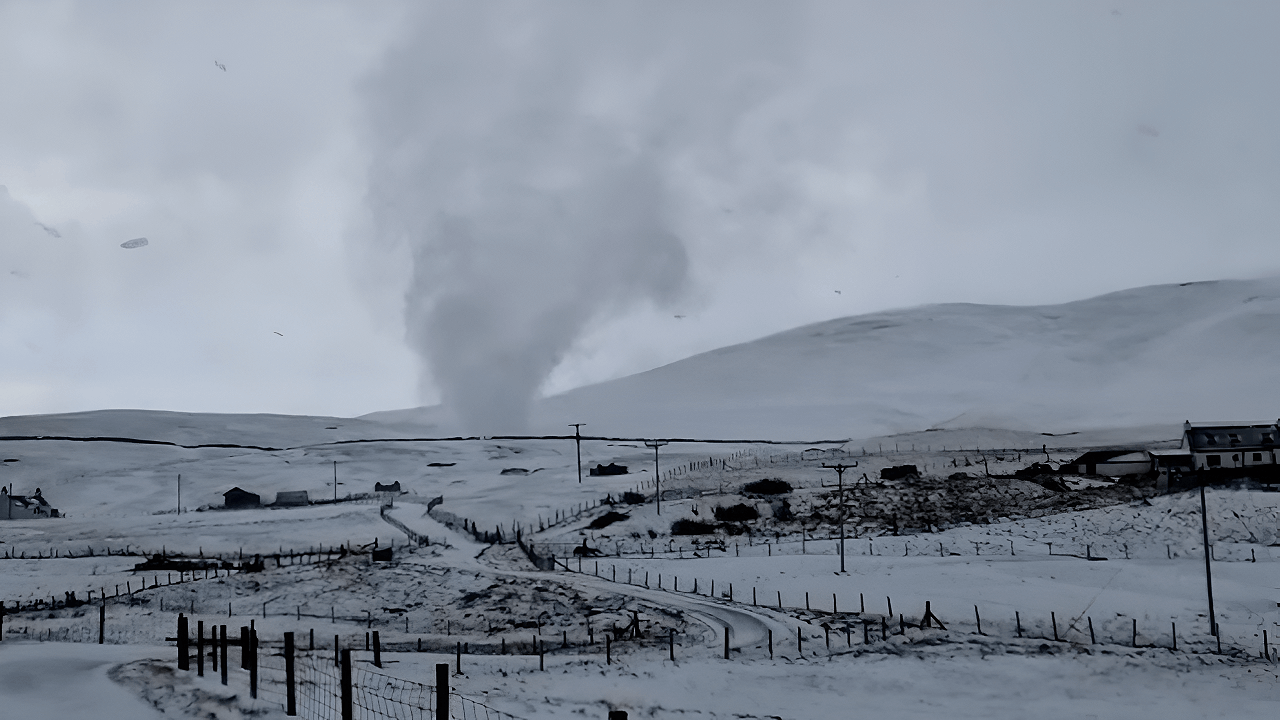
A massive storm is set to impact approximately 150 million Americans this weekend. The National Weather Service warns of severe weather threats extending from the West to the East Coast, including heavy snowfall, high winds, and potential tornadoes.
The severity and breadth of this storm raise the question: Is America prepared for a multi-hazard weekend that could significantly disrupt daily life? Major forecasters emphasize that careful monitoring and readiness are critical, as this storm could present unprecedented challenges. With so many lives at stake, authorities urge communities to stay informed and prepared.
Unprecedented Reach

Forecasts predict that this storm will span more than 40 states, impacting communities from California to the Carolinas. Major outlets describe the event as one of the most widespread autumn storms in recent history. Emergency officials are advising travelers to reconsider their plans and stay informed about rapidly changing conditions.
Many local governments are initiating emergency protocols, but the level of preparedness remains uncertain. The breadth of the storm raises serious questions regarding local and state resources. Will communities have the resources needed to respond effectively? The stakes are high as the system gains momentum.
Meteorological Backdrop

While October storms are common, few match the projected magnitude of this system. Historically, autumn weather events have targeted specific areas, but the current forecast indicates not only mountainous snow zones but also southern tornado regions will be affected.
This gradation of risk places the storm among the upper echelons of disruptive October weather records. Meteorologists are closely monitoring the factors contributing to this event, including unique atmospheric dynamics and unusual seasonal patterns. All residents in affected regions must remain vigilant and informed about ongoing updates.
Rising Pressures
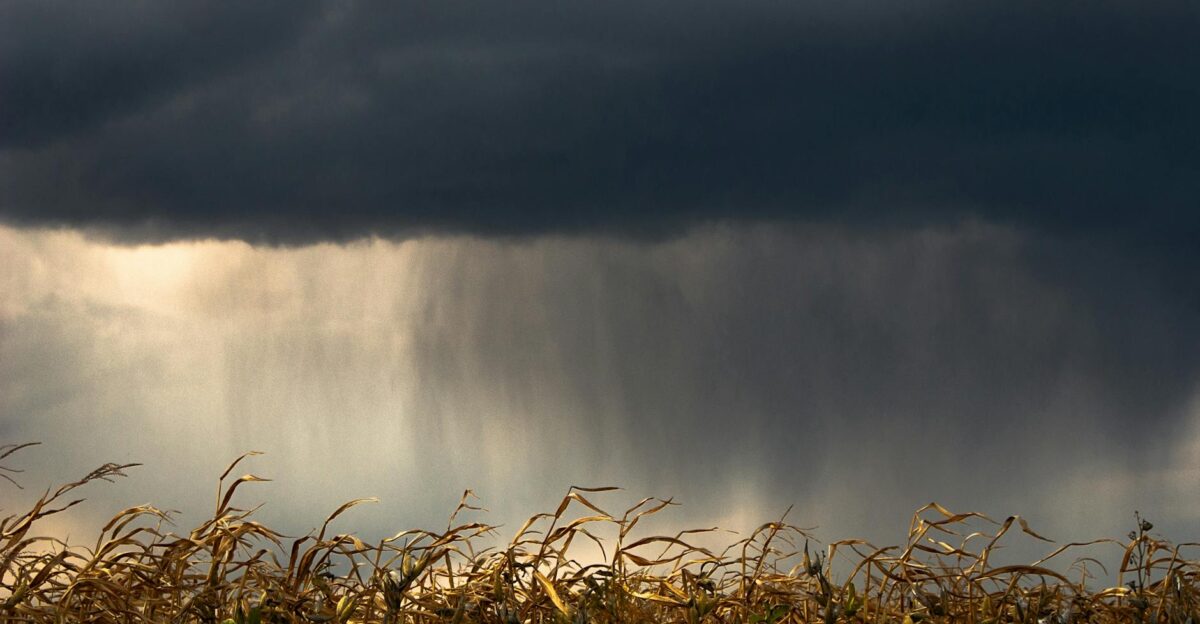
Meteorologists characterize this situation as a “perfect storm,” resulting from a mighty atmospheric river moving through the West combined with unstable air in the Central U.S. High population densities along the projected storm track amplify risks significantly, particularly in states like Texas, Illinois, and Georgia.
Tornado warnings are already in effect, and severe conditions are expected to escalate. With such rapid fluctuations in weather, the question arises: How resilient is our infrastructure against these mounting pressures? Several municipalities are assessing their emergency response capabilities as they brace for the storm’s arrival.
“Snownado” Revealed

Forecasters have coined the term “Snownado” to describe the unique conditions of this storm, where feet of snow are expected in the Sierra Nevada. At the same time, severe thunderstorms and tornado threats persist in the southern United States.
As of Thursday, California’s Sierra Nevada has already experienced up to three feet of snow, causing significant travel disruptions and straining local emergency services. This hybrid event is rare and poses a serious threat. With varying forms of severe weather co-occurring, affected communities must stay alert as dangerous conditions evolve. The blend of snow and severe weather could be catastrophic.
Sierra Blizzard Impact
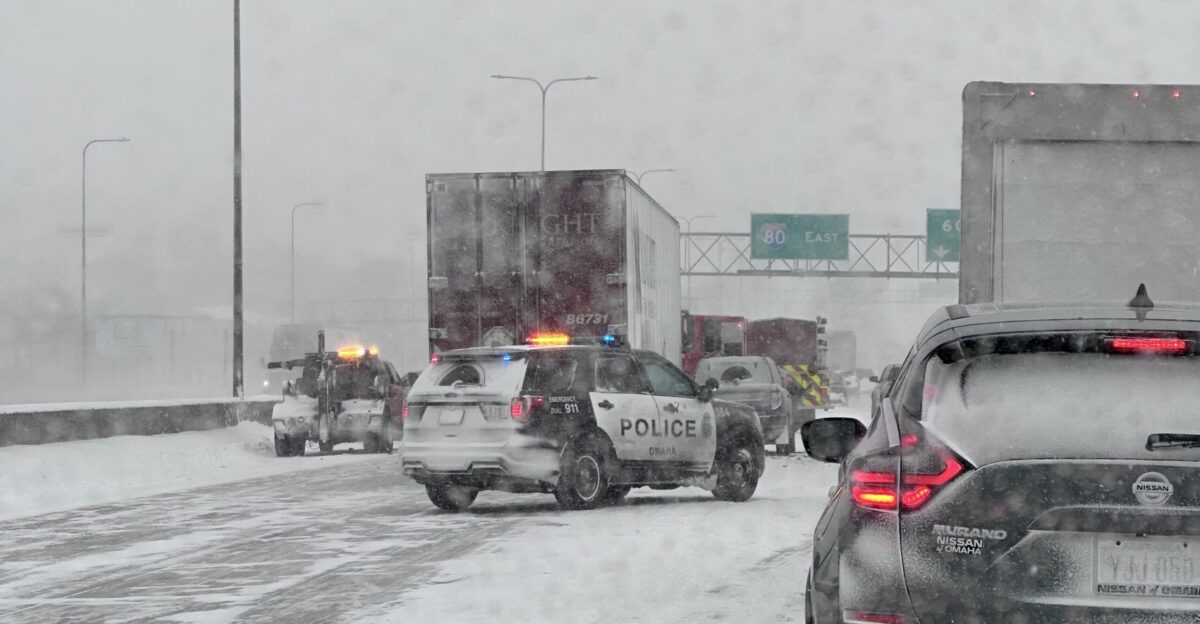
The Sierra Nevada Mountains are currently experiencing record-setting snowfall, with reports of up to three feet above 6,000 feet in just a matter of days. Whiteout conditions have rendered major passes inoperable, leading to severe travel complications.
“This early-season snowfall is phenomenal,” remarked a local ski resort official, emphasizing the storm’s potential economic impacts and safety concerns. These conditions serve as a stark reminder of the volatility and unpredictability of autumn weather, underscoring the need for residents and travelers to take precautionary measures during these extreme conditions.
Southern States Brace
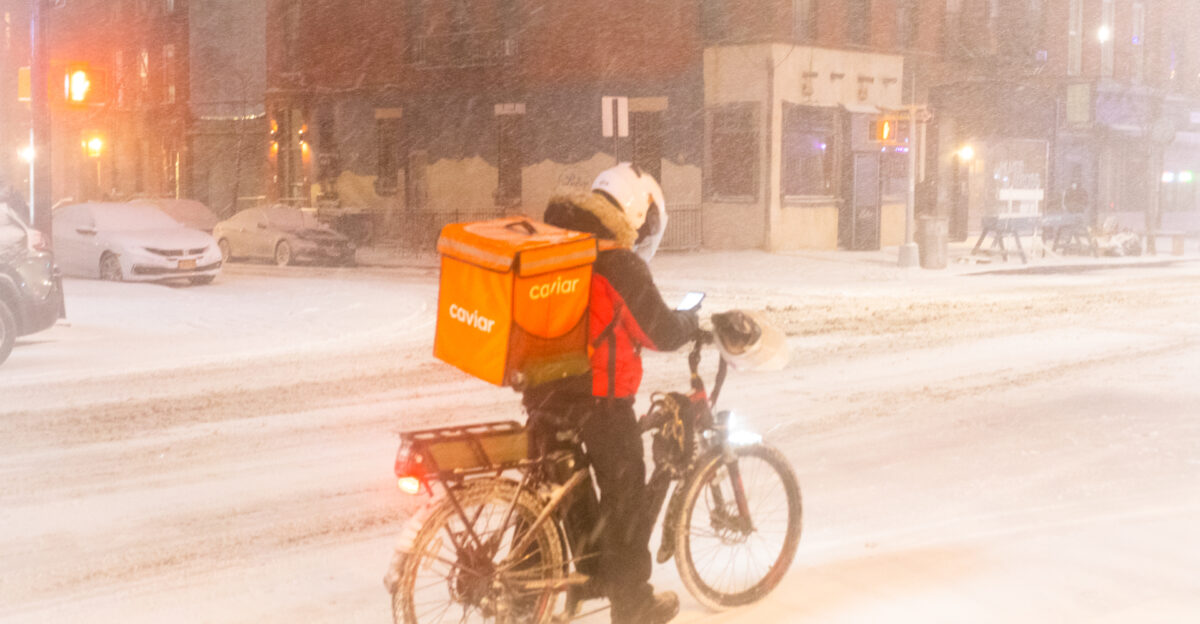
Severe thunderstorm warnings extend from northeast Texas through the Deep South, with the National Weather Service highlighting northeastern Texas and northern Louisiana as critical areas for tornadoes and damaging winds. Local emergency managers are preparing for what’s anticipated to be a rapid escalation of severe weather risks.
“Residents should take this seriously,” stated a local emergency official, urging communities to secure homes, gather supplies, and have emergency plans ready. As conditions intensify, the ability of emergency services to respond will be crucial in ensuring the safety of those affected.
Midwest Corridor Threatened
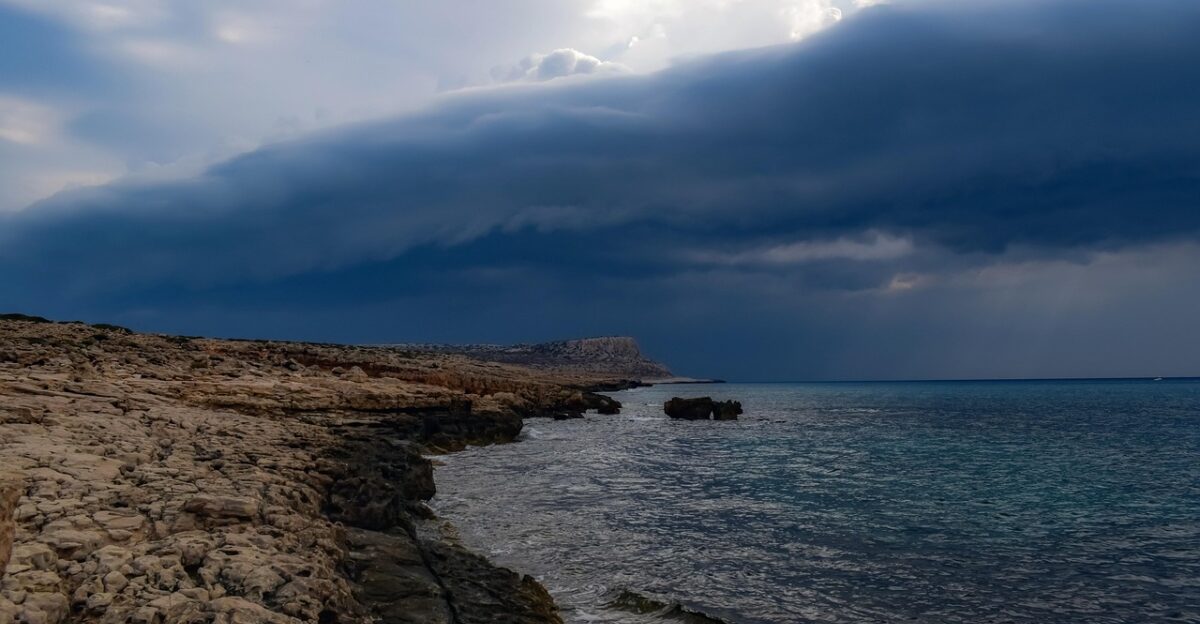
In southern Missouri and southwest Illinois, strong winds exceeding 40 mph pose a serious threat, alongside risks of tornadoes and flash flooding. The National Weather Service is issuing warnings about potential power outages and hazardous travel conditions.
Emergency shelters are being equipped and readied as forecasters closely monitor storm developments. Local authorities are already prepared to respond, but the region’s infrastructure will face significant stress due to these weather conditions. It remains vital for residents to prepare and stay informed about evolving forecasts and alerts.
Eastward Shift
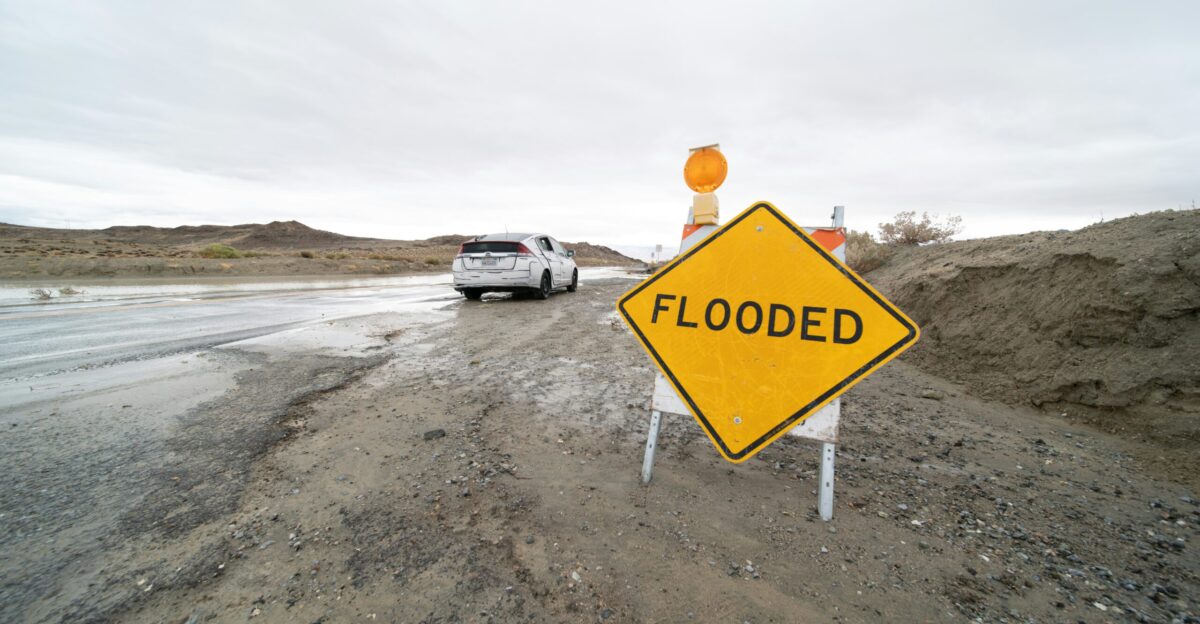
By Sunday night, forecasts indicate that the severe weather risks will shift eastward toward Alabama, Georgia, Tennessee, and the Carolinas. Residents should prepare for heightened flood risks and the potential for isolated tornadoes.
Local officials are advocating constant monitoring of forecasts and advising residents to remain prepared for sudden severe weather warnings. “The public must remain vigilant during this tumultuous period,” stated a regional weather analyst. Will communities heed the warnings in time to take necessary precautions? All eyes will be on how this storm unfolds across these states.
Power Grid Strained
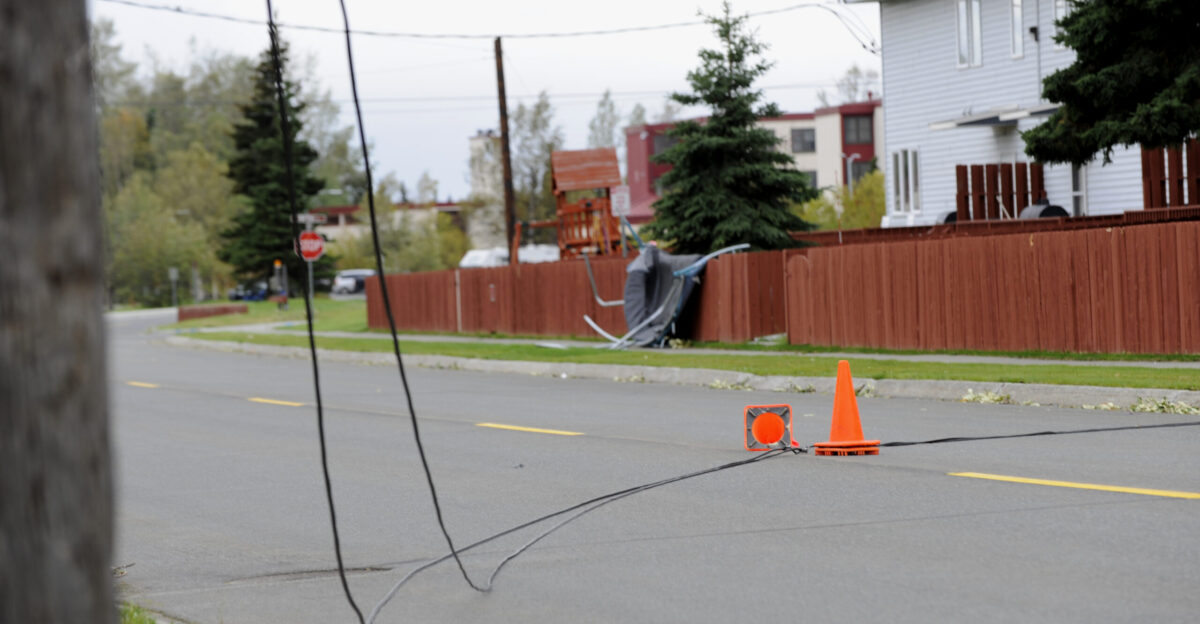
The expansive reach of this storm threatens electrical grids across numerous states, with outages likely in areas prone to wind, ice, or heavy snowfall. A comparable storm in January left nearly 230,000 customers without power across the Plains and Midwest. Emergency response times may lag as travel disruptions complicate operations.
“We need to be ready for anything,” noted a local power company representative. The possibility of widespread outages presents a significant challenge as communities prepare for the impact. Residents are encouraged to prepare emergency kits and stay updated on service alerts.
Rural Frustration
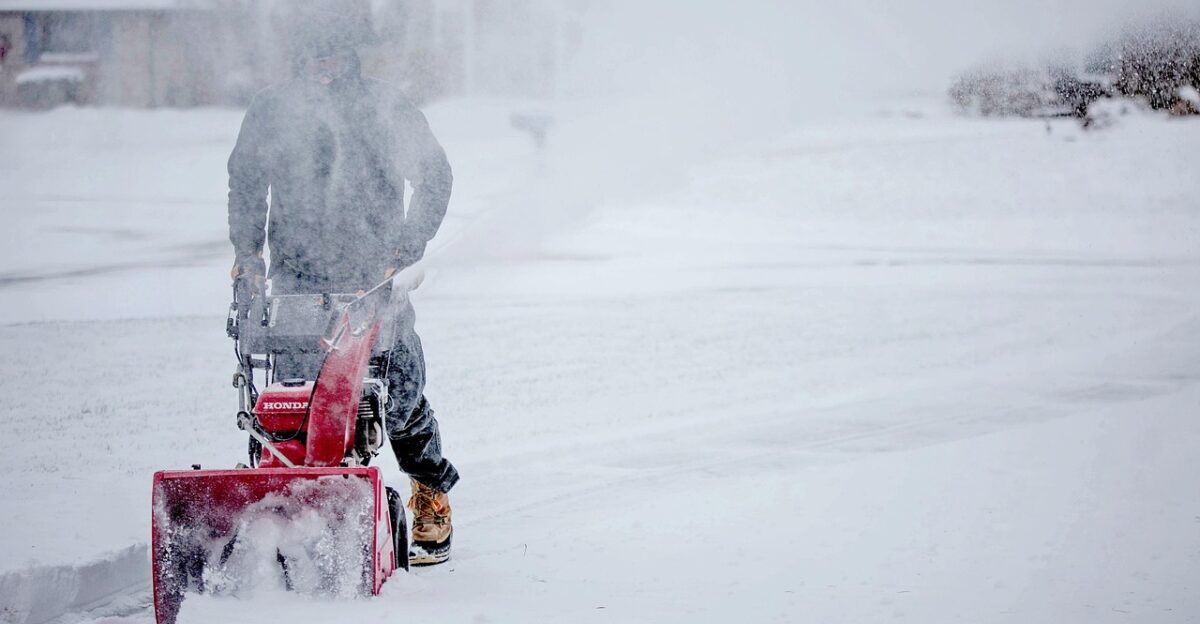
Residents in rural communities from Montana to Missouri are expressing concerns about the slow restoration of essential services following past storms, and this weekend may prove to be similar. With an increase in stranded vehicles and isolated seniors, local farmers are apprehensive about crop losses.
“We simply can’t afford this kind of disruption,” said a rural farmer. How will these remote areas cope with the impacts of this unprecedented “Snownado”? As communities often rely on limited resources, the upcoming storm could test rural resilience more than ever before.
Policy Shifts in Response
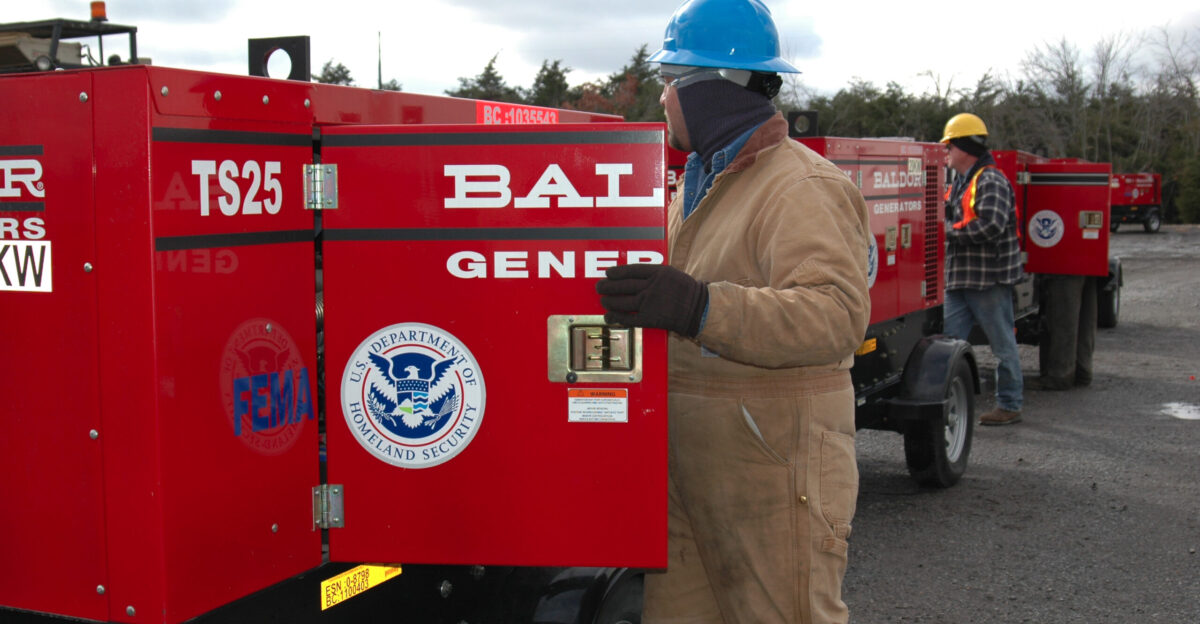
In anticipation of the impending storm, some states have already activated emergency protocols. Officials in Louisiana, Georgia, and Alabama have activated pre-storm declarations this week to expedite resource allocation and support.
Nationwide, more than 40 governors are coordinating with FEMA and the National Guard to ensure shelter and supply chains are prepared for immediate response efforts. “We must be proactive and ensure our communities are safe,” stated a local government official, emphasizing the importance of preparedness.
Community Response Initiatives
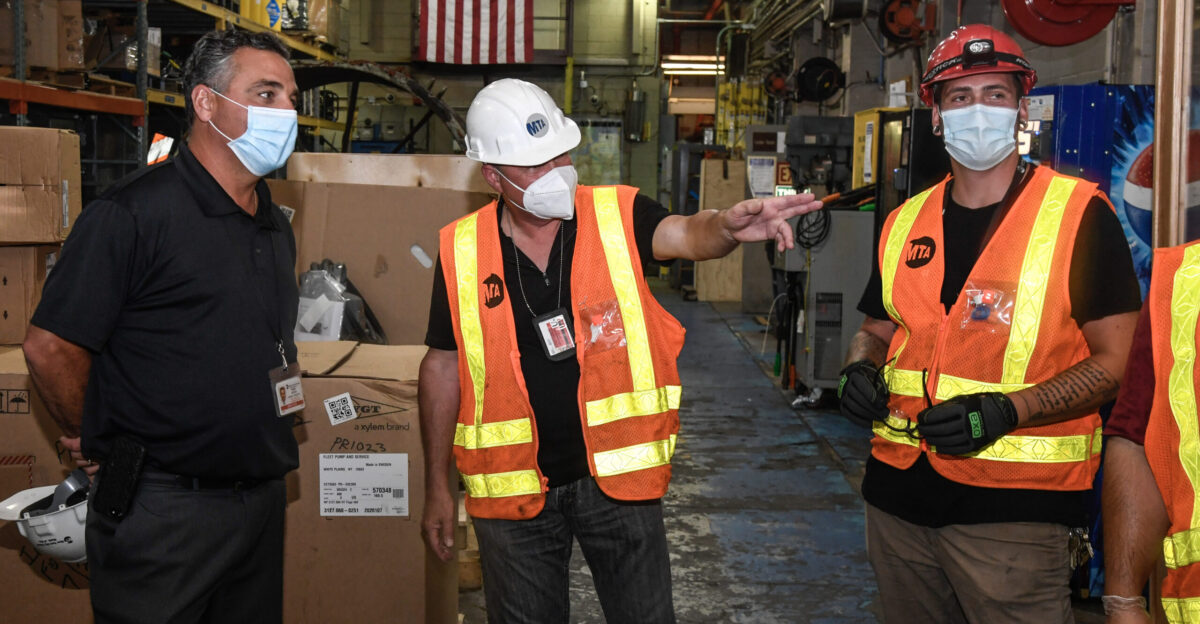
As the storm approaches, communities across affected regions are mobilizing response initiatives. Local emergency management agencies are hosting briefings to educate residents on preparation protocols, from assembling emergency kits to knowing evacuation routes.
“Every family should have a plan,” urged a community leader, stressing the importance of being prepared for any scenario. The participation of local volunteers is enhancing efforts to ensure safety for all. The collaborative approach fosters a sense of solidarity in the face of uncertainty. It presents an opportunity for communities to come together in the face of adversity.
Regional Leadership Efforts
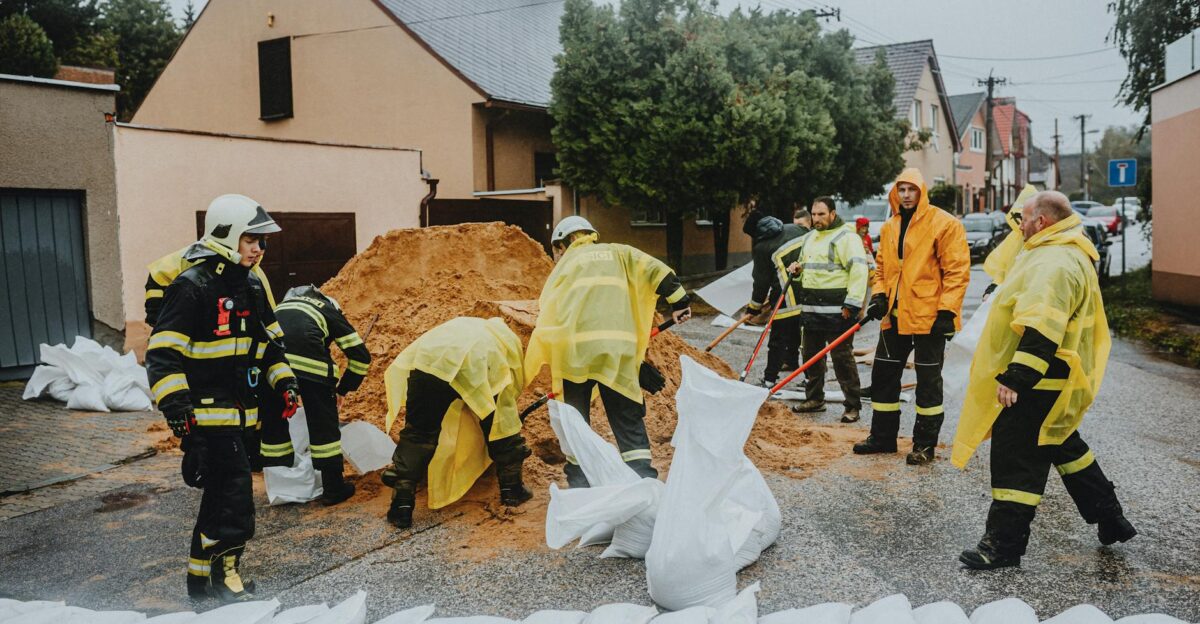
Regional leaders are taking swift action to mitigate potential impacts from the storm. Public safety campaigns are being launched to inform residents about the risks and necessary precautions to take. Statewide checklists for emergency preparedness have been distributed to households, schools, and businesses throughout the state.
“We aim to ensure every resident feels confident in their safety plans,” said a spokesperson from the state’s emergency office. These proactive measures underscore the local authorities’ commitment to safeguarding the well-being of residents in the face of potential challenges posed by the storm.
The Human Element

The “Snownado” is not just a weather event; it’s affecting lives and livelihoods. Farmers worry about the lost growing season, while families brace for the potential chaos of severe weather. “I’m scared for my family and our home,” expressed a mother of three, highlighting personal stakes amidst this multifaceted storm.
Communities are coming together, sharing resources and support, underscoring a human spirit that persists through uncertainty. As the storm approaches, it poses both challenges and a call for collective resilience. How will communities weather this storm together? Only time will tell.